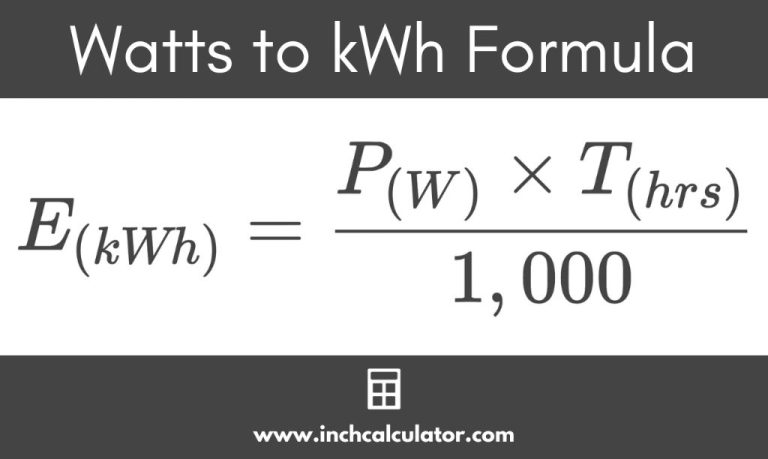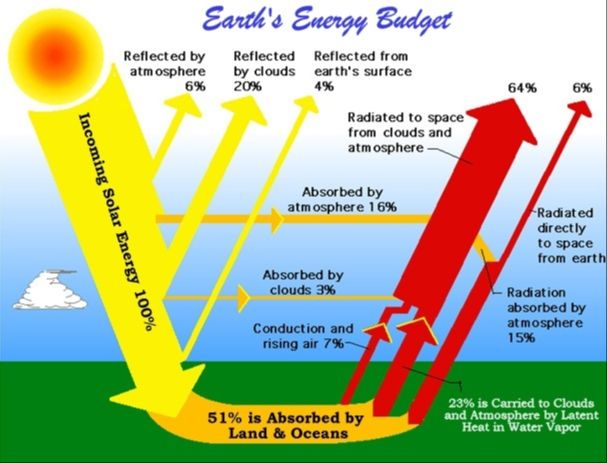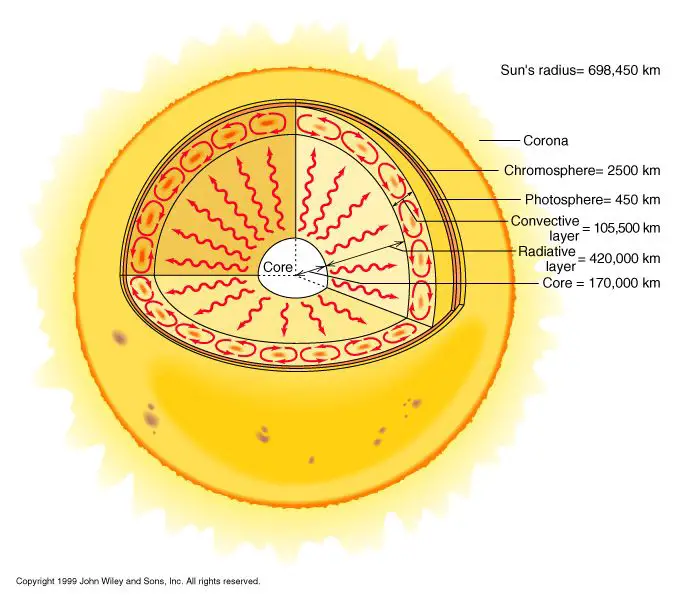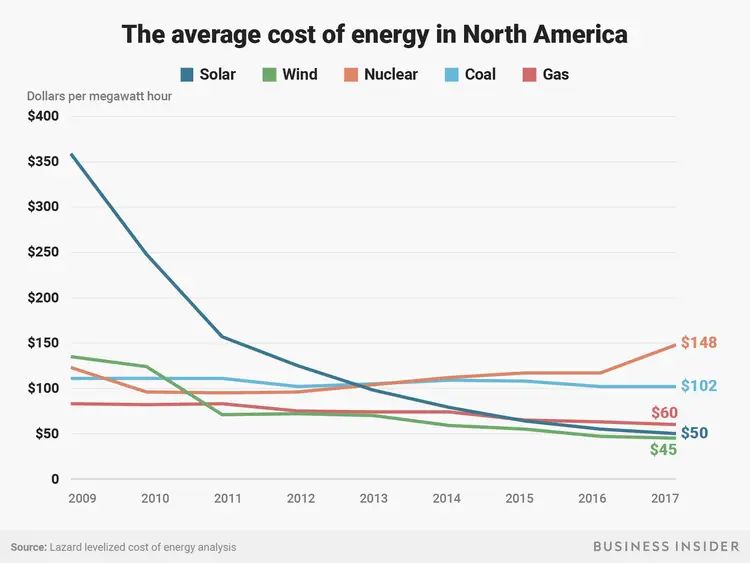How Do Plants Convert Sunlight To Energy?
Photosynthesis is the process plants and other photosynthetic organisms use to convert sunlight into chemical energy they can use as fuel. This process is incredibly important, as nearly all life on Earth depends on it either directly or indirectly. During photosynthesis, plants absorb photons from sunlight and use the solar energy to combine carbon dioxide and water to produce carbohydrates and oxygen. The carbohydrates produced provide plants with the energy they need to grow and survive. The oxygen is released into the atmosphere, which makes it accessible for animals and other organisms to breathe. Without photosynthesis, none of this would be possible.
History of Discovering Photosynthesis
Photosynthesis has been recognized as a fundamental process for thousands of years, but a scientific understanding of how plants convert sunlight to energy emerged over centuries through critical discoveries by pioneering scientists.
In 1779, Dutch physician Jan Ingenhousz conducted experiments showing that plants need sunlight to produce oxygen. Building on earlier work, Ingenhousz demonstrated that plants absorb carbon dioxide and release oxygen in sunlight. This was the first clear evidence of photosynthesis.
In 1804, Swiss chemist Nicolas-Théodore de Saussure found that plants gain their mass from water and carbon dioxide, not the soil. This discovery helped establish the basic reactants of photosynthesis. De Saussure showed that sunlight provides the energy to fuel plant growth.
In 1845, German chemist Julius von Mayer described photosynthesis as a process converting light into chemical energy. Mayer outlined the basic energetics behind photosynthesis, recognizing light as the source of energy.
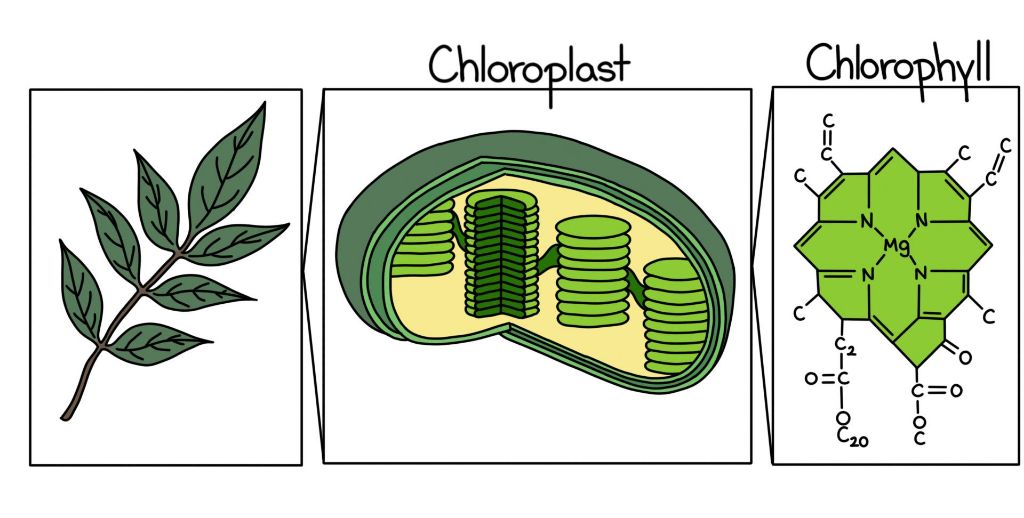
In 1864, Irish chemist John Joly provided experimental evidence for the absorption of light energy by plants. Joly helped demonstrate that chlorophyll is necessary for plants to absorb light energy for photosynthesis.
Ultimately, these pioneering scientists laid the groundwork for understanding photosynthesis as the process whereby plants use sunlight, carbon dioxide, and water to produce carbohydrates and oxygen. Their discoveries established the basic principles of photosynthesis through ingenious experiments and insights.
Light Absorption
Plants absorb light primarily through pigments such as chlorophyll which give leaves their green color. Chlorophyll is able to absorb mostly blue and red wavelengths from sunlight while reflecting green wavelengths, which is why leaves appear green to our eyes.
In addition to chlorophyll, plants also contain carotenoid pigments such as beta-carotene which absorb blue and green light. There are also phycobilins found in red algae and cyanobacteria that can absorb green and yellow light that chlorophyll misses. Having multiple pigments allows plants to absorb a wider spectrum of light energy.
When these pigment molecules absorb photons of light, it excites electrons to a higher energy state. The excited electrons are then transferred between molecules in an electron transport chain, creating a flow of electrons that is harnessed to power the light-dependent reactions of photosynthesis.
So in summary, specialized pigments like chlorophyll are crucial for absorbing light energy that can then be converted into chemical energy through photosynthesis.
Light Reactions
The light reactions of photosynthesis take place on the thylakoid membranes within the chloroplasts of plant cells. When a photon of sunlight hits the photosynthetic pigments in the thylakoid membrane, it excites electrons which are then transferred through an electron transport chain. This electron flow creates a proton gradient across the thylakoid membrane which drives the synthesis of ATP and NADPH.
There are two photosystems involved in the light reactions. Photosystem II absorbs photons of light which energizes electrons from water molecules. These energized electrons get passed down the electron transport chain, creating the proton gradient. Photosystem I absorbs more light energy and passes the energized electrons further down the chain. At the end, the electrons combine with NADP+ and protons to create the energy carrier NADPH.
In summary, the light reactions convert solar energy into the chemical energy carriers ATP and NADPH, which will be used in the Calvin cycle to fix carbon from CO2 into sugar molecules. The creation of NADPH and ATP by harnessing light energy is a key accomplishment of photosynthesis.
The Calvin Cycle
The Calvin cycle, also known as the light-independent reactions, is the second stage of photosynthesis. It takes place in the stroma of the chloroplast and utilizes the energy carriers (ATP and NADPH) generated from the light reactions to fix carbon dioxide into three-carbon sugars.
The Calvin cycle has three main phases:
- Carboxylation – CO2 from the atmosphere is incorporated into an organic molecule by the enzyme RuBisCO. This forms 3-phosphoglycerate (3-PGA).
- Reduction – ATP and NADPH are used to convert the 3-PGA into glyceraldehyde-3-phosphate (G3P), which contains high-energy bonds. This is the sugar product of photosynthesis.
- Regeneration – Most of the G3P is recycled to regenerate the CO2 acceptor molecule RuBP, so the Calvin cycle can continue. Just 1 out of 6 G3P leaves the cycle to be used by the plant.
In summary, the Calvin cycle harness the energy from light reactions to turn CO2 into sugar that the plant can use for energy and growth. It is one of the most important biochemical cycles found in plants, algae and photosynthetic bacteria.
Oxygen Production
Photosynthesis releases oxygen as a byproduct through a process called photolysis. During the light reactions, water molecules are split into hydrogen ions, electrons, and oxygen gas. This process occurs in a part of the chloroplast called the thylakoid membrane.
There are specialized proteins called photolysis enzymes within the thylakoid membrane that catalyze the breakdown of water. When light energy is absorbed by chlorophyll, it energizes electrons which are then transferred to these photolysis enzymes. The energized enzymes then split water molecules into hydrogen and oxygen.
The oxygen atoms combine to form diatomic oxygen gas (O2) which diffuses out of the leaf through the stomata. Meanwhile, the hydrogen ions and electrons participate in further reactions to ultimately produce glucose and other carbohydrates.
For every six molecules of carbon dioxide that plants absorb, they release six molecules of oxygen back into the atmosphere. This makes photosynthesis critical for maintaining atmospheric oxygen levels and supporting aerobic life on Earth.
Factors Affecting Photosynthesis
The rate of photosynthesis is influenced by several factors including light intensity, carbon dioxide concentration, temperature, and water availability. Photosynthetic organisms have evolved adaptations that allow them to maximize photosynthesis under different environmental conditions.
Light intensity has a direct impact on the speed of photosynthesis. The more sunlight that plants absorb, the faster the light-dependent reactions can take place. As light intensity increases, the rate of photosynthesis also increases, up to the point of light saturation where additional light does not result in faster photosynthesis. Many plants have adaptations like broad leaves, tracking the sun, or growing in open areas that help them efficiently capture as much sunlight as possible.
Carbon dioxide concentration also limits the rate of photosynthesis. CO2 is required for the light-independent reactions. Higher CO2 levels enable faster carbon fixation by the enzyme RuBisCO. Some plants have adaptations like crassulacean acid metabolism or C4 photosynthesis that help them concentrate CO2 and optimize photosynthesis. However, increasing global CO2 emissions are also raising concentrations beyond optimal levels that can disrupt plant metabolism.
Temperature affects photosynthesis because the involved enzymes only function in certain temperature ranges. The rates of chemical reactions generally increase with higher temperatures until reaching an optimum, after which point extreme heat causes the enzymes to denature. Many plants have adapted to specific climates by evolving enzymes tailored to local temperatures.
Lastly, water availability influences photosynthesis because water is needed to replace electrons lost from the splitting of water molecules. Without sufficient water, plants cannot generate enough ATP and NADPH for the Calvin cycle reactions. Drought stress leads to stomata closing to prevent water loss, which also reduces CO2 intake. Some plants have adaptations to conserve water like succulent leaves, CAM photosynthesis, or deep root systems to access groundwater.
Evolution of Photosynthesis
Photosynthesis first evolved in ancient cyanobacteria over 3 billion years ago. These bacteria developed the ability to harness energy from sunlight to power biochemical reactions. The earliest form of photosynthesis used hydrogen sulfide instead of water as the electron donor and did not produce oxygen.
Around 2.4 billion years ago, cyanobacteria evolved oxygenic photosynthesis, which uses water as the electron donor and produces oxygen as a byproduct. The oxygen released by these bacteria gradually accumulated in Earth’s atmosphere, leading to the Great Oxidation Event about 2.4 to 2.3 billion years ago.
Later, photosynthesis spread to other types of bacteria through horizontal gene transfer. Then, over 1 billion years ago, photosynthesis entered eukaryotic organisms through endosymbiosis. This is when a photosynthetic cyanobacterium was engulfed by a eukaryotic cell, becoming the chloroplast organelle.
From here, photosynthesis continued evolving in various lineages of plants and algae. Different pigments and electron transport mechanisms emerged, improving the efficiency of photosynthesis in diverse environments. This evolution paved the way for the proliferation of oxygenic photosynthesizers and the development of Earth’s modern atmosphere and ecosystems.
Ecological Importance
Photosynthesis is the foundation of nearly all life on Earth. By harnessing the sun’s energy to convert water and carbon dioxide into oxygen and energy-rich organic compounds, photosynthesis provides the essential ingredients that sustain the food web. Plants, algae, and some bacteria are able to perform photosynthesis, forming the base of the food chain. Animals depend on these photosynthetic organisms either directly as food or indirectly for the oxygen they produce.
Photosynthesis also replenishes atmospheric oxygen and recycles carbon dioxide. Oxygen makes up about 21% of the atmosphere today, but it was scarce in the early Earth’s atmosphere. The evolution of photosynthesis allowed ancient cyanobacteria and algae to generate large amounts of oxygen as a byproduct. This oxygenation of the atmosphere changed the planet forever, enabling the evolution of complex life. Today, photosynthesis produces enough oxygen to maintain this oxygen-rich atmosphere.
In addition, photosynthesis consumes carbon dioxide during the Calvin cycle reactions. This provides a sink for atmospheric carbon dioxide and helps regulate Earth’s greenhouse effect and climate. Deforestation and ocean pollution threaten photosynthetic organisms and disrupt this vital recycling of carbon dioxide. Understanding the ecological importance of photosynthesis highlights the need to protect the biology that sustains all life.
Applications of Photosynthesis Research
Understanding the complex process of photosynthesis has enabled scientists to find ways to improve crop yields and food production. Here are some key applications of photosynthesis research:
Bioengineering crops
By identifying genes and proteins involved in photosynthesis, scientists can bioengineer crops to be more efficient at converting sunlight to energy. This includes developing crops that can fix carbon more quickly, use water and nutrients more efficiently, and be tolerant to stressful conditions like drought or high temperatures.
Optimizing greenhouse conditions
Greenhouse operators are able to optimize lighting, temperature, humidity, CO2 levels and other factors to maximize photosynthetic activity and plant growth rates.
Improving photosynthetic efficiency
Ongoing research looks at boosting yields by improving the efficiency of light absorption, electron transport or the Calvin cycle steps of photosynthesis.
Increasing carbon fixation
Strategies to increase carbon fixation rates in major crops like rice, wheat, soybeans and potatoes could significantly increase food production.
Reducing photorespiration
Photorespiration reduces photosynthetic output by up to 25% in C3 plants. Finding ways to bypass or reduce this energy-wasting process can substantially improve crop yield.


